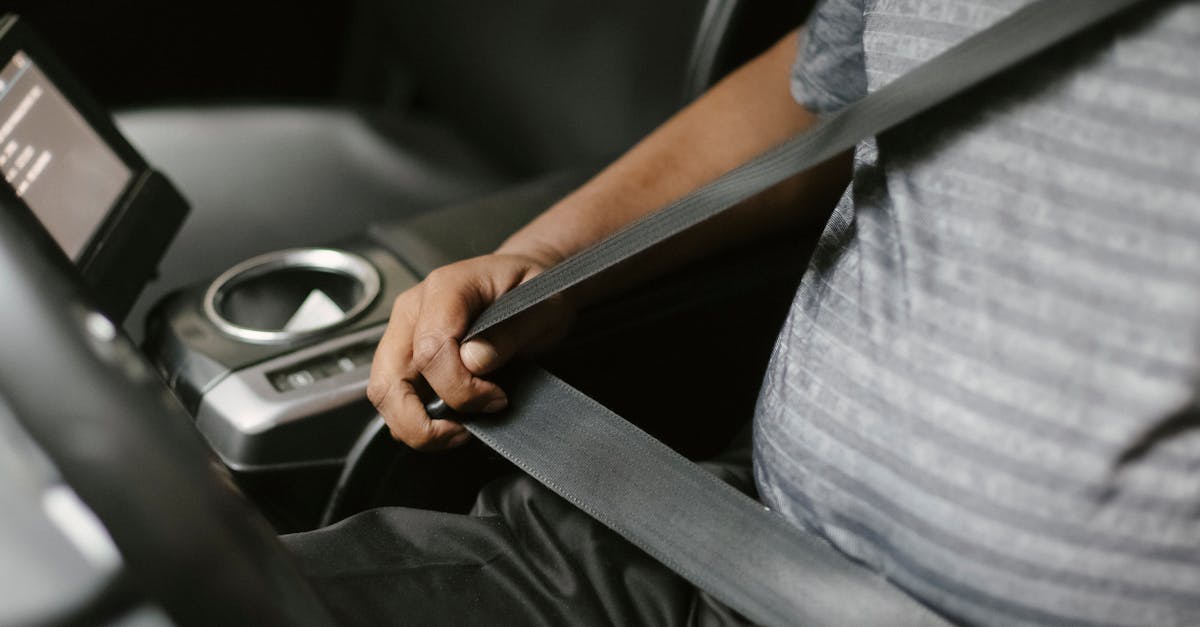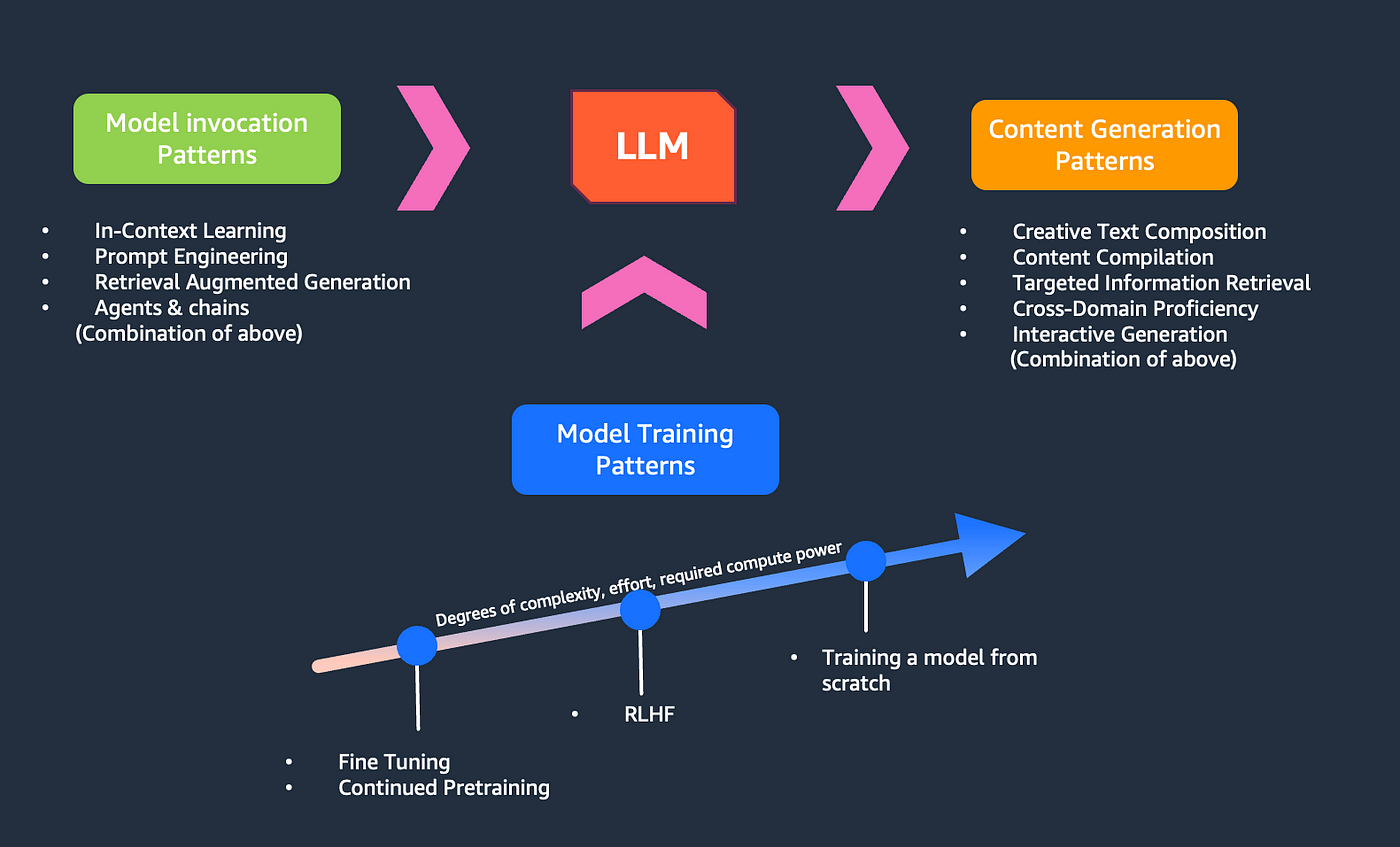The Unexpected Journey of Drivnieka Testing
When it hit me that the world of driving tests is far more intricate and fascinating than I’d ever have guessed, I knew I had to dive deeper. 🚗 What’s surprising is that many people, like me, might think of a driving test merely as a rite of passage to get behind the wheel legally. However, the reality is that these tests are meticulously designed to ensure the safety of all road users. From what I’ve seen, there’s something to be said for understanding the nuances of these tests, not just for prospective drivers but for anyone interested in road safety.
The Relevance and Importance of Drivnieka Tests
Ever wonder why driving tests are so stringent? The answer lies in the statistics. Studies show that countries with rigorous driving tests tend to have fewer road accidents. It dawned on me that the primary goal of these tests is not just to assess one’s ability to operate a vehicle but to ensure that drivers can make safe, informed decisions on the road. Imagine if everyone on the road had a thorough understanding of driving rules and safety measures—accidents would significantly reduce, and road safety would improve exponentially.
From my point of view, the importance of drivnieka tests cannot be overstated. They address a critical challenge: ensuring that only competent and responsible individuals are granted the privilege to drive. This is not just about passing a test; it’s about cultivating a culture of safety and responsibility.
The Anatomy of a Drivnieka Test
Theory Test: The Foundation of Knowledge
The first component of a drivnieka test is the theory test. Picture this: you’re seated in a quiet room, a computer screen in front of you, and a series of multiple-choice questions appear. These questions cover a wide range of topics, from road signs and traffic laws to hazard perception and safe driving practices.
- Road Signs: Understanding road signs is crucial. They provide essential information and warnings, helping drivers navigate safely.
- Traffic Laws: Knowing the rules of the road ensures that drivers can operate within legal boundaries, reducing the risk of accidents.
- Hazard Perception: This assesses a driver’s ability to recognize and respond to potential hazards, a critical skill for preventing accidents.
One thing I’ve learned is that the theory test is not just about rote memorization. It’s about internalizing the principles of safe driving and understanding the rationale behind traffic laws. If you ask me, this foundational knowledge is indispensable for any driver.
Practical Test: The Real-World Challenge
Once the theory test is aced, the next hurdle is the practical test. This is where the rubber meets the road—literally. The practical test evaluates a driver’s ability to apply theoretical knowledge in real-world scenarios.
- Basic Maneuvers: These include starting, stopping, parking, and turning. Mastery of these maneuvers is essential for everyday driving.
- Complex Scenarios: Drivers are tested on their ability to handle more complicated situations, such as merging onto highways, navigating roundabouts, and responding to emergency vehicles.
- Safety Measures: This includes checking mirrors, using indicators, and maintaining a safe distance from other vehicles.
What’s fascinating is that the practical test is designed to simulate real driving conditions as closely as possible. I was struck by how comprehensive and thorough these tests are, ensuring that drivers are well-prepared for any situation they might encounter on the road.
Enhanced Road Safety
The most obvious benefit of rigorous drivnieka tests is enhanced road safety. Studies show that well-trained drivers are less likely to be involved in accidents. By ensuring that drivers have a solid understanding of traffic laws and safe driving practices, these tests contribute to a safer driving environment for everyone.
Reduced Insurance Costs
Here’s a funny thing: did you know that passing a rigorous driving test can actually reduce your car insurance premiums? Insurance companies recognize that well-trained drivers are less likely to file claims, leading to lower insurance costs. So, if you’re like me and looking to save some money, acing that drivnieka test can be a smart financial move.
Increased Confidence and Competence
One thing I’ve noticed is that drivers who have undergone comprehensive testing tend to be more confident and competent on the road. They are better equipped to handle unexpected situations and make informed decisions, leading to a more enjoyable and stress-free driving experience.
Taking the Next Step
If you’re preparing for a drivnieka test, here are some steps you can take to increase your chances of success:
- Study the Theory: Make use of online resources, practice tests, and study guides to familiarize yourself with the theoretical aspects of driving.
- Practice Regularly: Get plenty of hands-on practice with a qualified instructor to build your confidence and competence.
- Stay Informed: Keep yourself updated on the latest traffic laws and safety practices.
- Take Care of Your Health: Ensure that you are physically and mentally fit to drive. This includes getting adequate rest and managing stress effectively.
Final Thoughts
In conclusion, drivnieka tests are far more than just a hurdle to jump over to get your driver’s license. They are a crucial component of road safety, designed to ensure that drivers are knowledgeable, competent, and responsible. From what I’ve seen, embracing the importance of these tests can lead to safer roads, lower insurance costs, and a more enjoyable driving experience.
So, the next time you think about driving tests, remember that they are not just about passing a test—they are about cultivating a culture of safety and responsibility on the roads. And on that note, let me tell you, there’s always something new to learn and improve upon in the journey of becoming a better driver. 🚦










